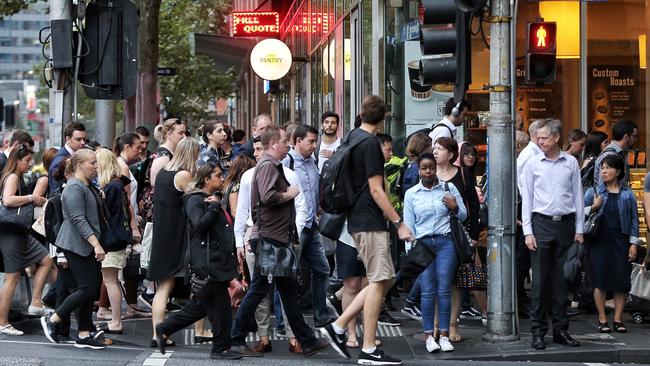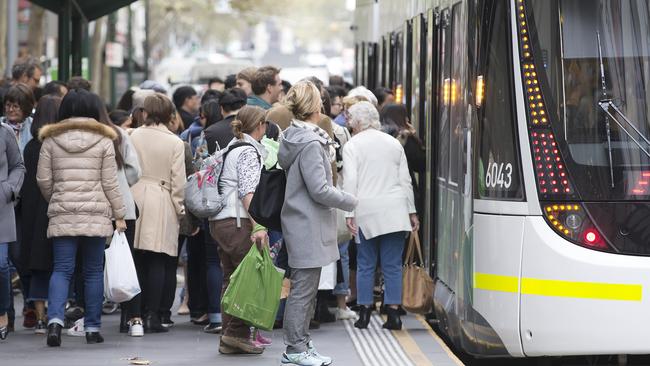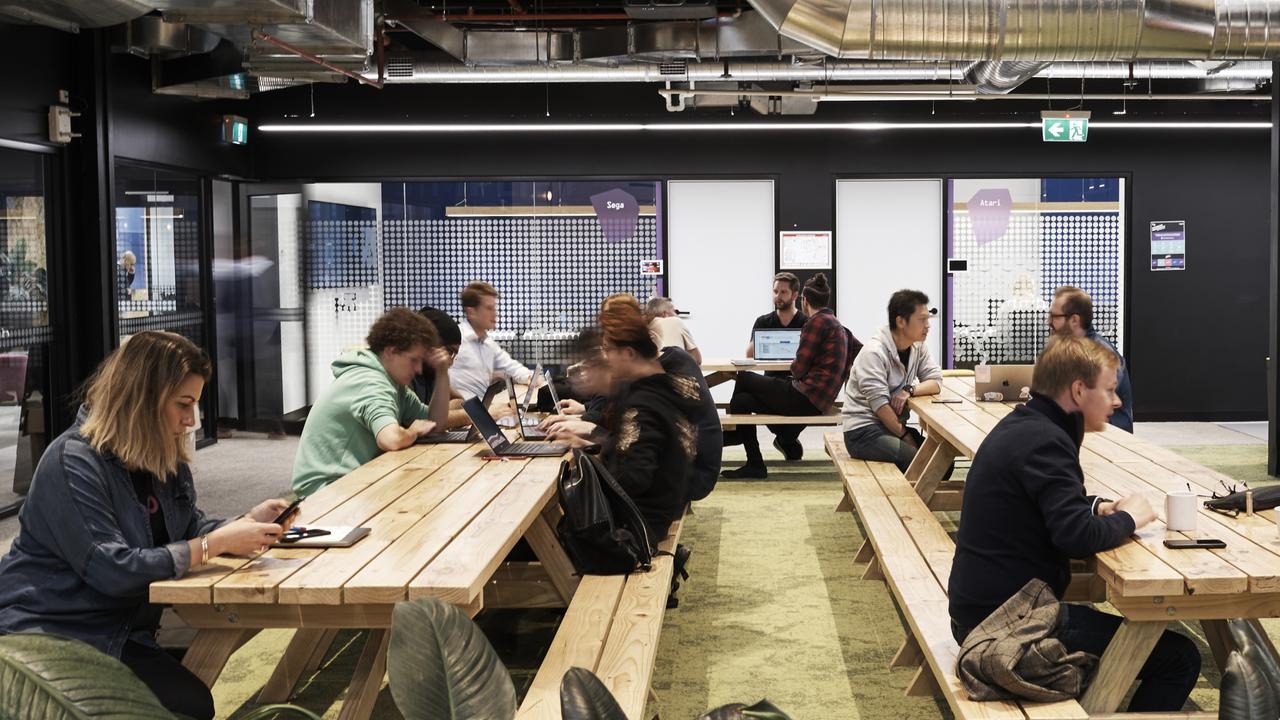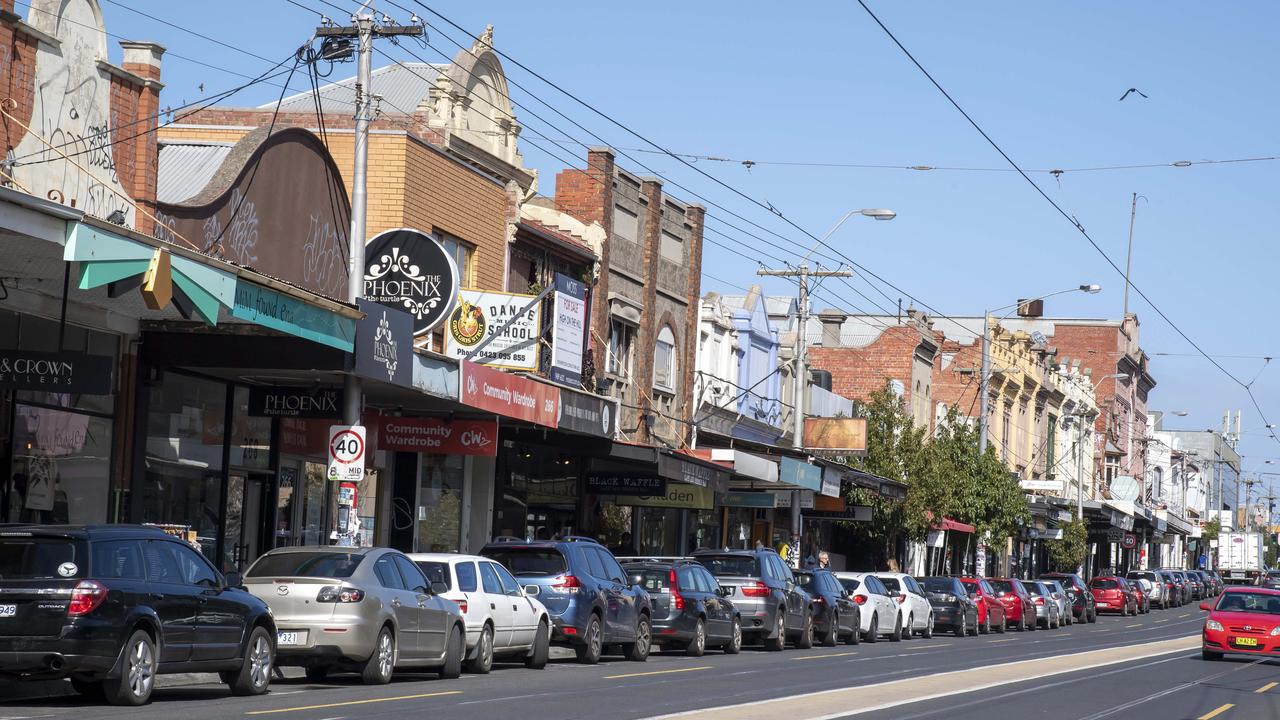Melbourne population growth becoming unsustainable, new report says
A LIKELY Melbourne population of eight million by 2051 is unsustainable, and key policies are needed to redirect more growth to regional Victoria, a new report says.
Future Victoria
Don't miss out on the headlines from Future Victoria. Followed categories will be added to My News.
- City train use set to double
- Pay up to ease traffic: experts
- Radical plan for driverless trains
- How long your commute will be in 2030
A LIKELY Melbourne population of eight million by 2051 is unsustainable, and key policies are needed to redirect more growth to regional Victoria, a new report says.
The state Coalition report noted community unrest about the high immigration intake, “with a number of people considering it excessive”.
But the study said that control of overseas migration was a federal issue, while the state government should act decisively to rebalance Victoria’s annual growth of which 90 per cent was settlers choosing to live in Melbourne.
“Melbourne is in danger of losing its liveable city reputation (and) Melburnians have welcomed the concept of decentralisation,” the report said.

“(T)hey have told us they are worried by the crime rate, frustrated at traffic congestion, and angered by increased density in middle suburbs under Labor’s Plan Melbourne Refresh.”
The Interim Report of the Victorian Population Policy Taskforce was based on public consultation including community forums and over 100 submissions received by the Liberal and Nationals body.
MELBOURNE POPULATION TOPS 4.5 MILLION
The taskforce is chaired by Kew MLA Tim Smith and its members include top demographer Dr Bob Birrell, former state Property Council executive Asher Judah and prominent local government figure Jane Nathan.
Mr Smith and vice chair Nationals MP Danny O’Brien said in the report that currently 77 per cent of the state’s people lived in Melbourne, but this proportion was rising and Victoria needed to move “from a city state into a state of cities”.

“Growth and investment in (regional and rural) areas will increase their opportunities for economic activity while providing a viable alternative to living in Melbourne,” they said.
The interim report recommended a suite of measures such as better marketing and promotion of regional Victoria; incentives and rewards for individuals and business; relocation of government departments; tax measures; and investment in infrastructure.
It said that decentralising growth to the regions would open up cheaper housing for those priced out of the Melbourne market and stimulate regional expansion of major medical and educational institutions.
The report said law and order was frequently raised in submissions which “paint a vivid picture of a society that feels threatened by violent crime”.
The Andrews Government has previously stated it’s been comfortable with Melbourne’s rate of growth and the predicted eight million population by 2051.
“This government is unambiguously a supporter of population growth and diversity. End of story,” said Planning Minister Richard Wynne last November.
“The challenge for us is how do we manage that.”
A final report with recommended policy platforms will be given to Opposition Leader Matthew Guy later this year.


